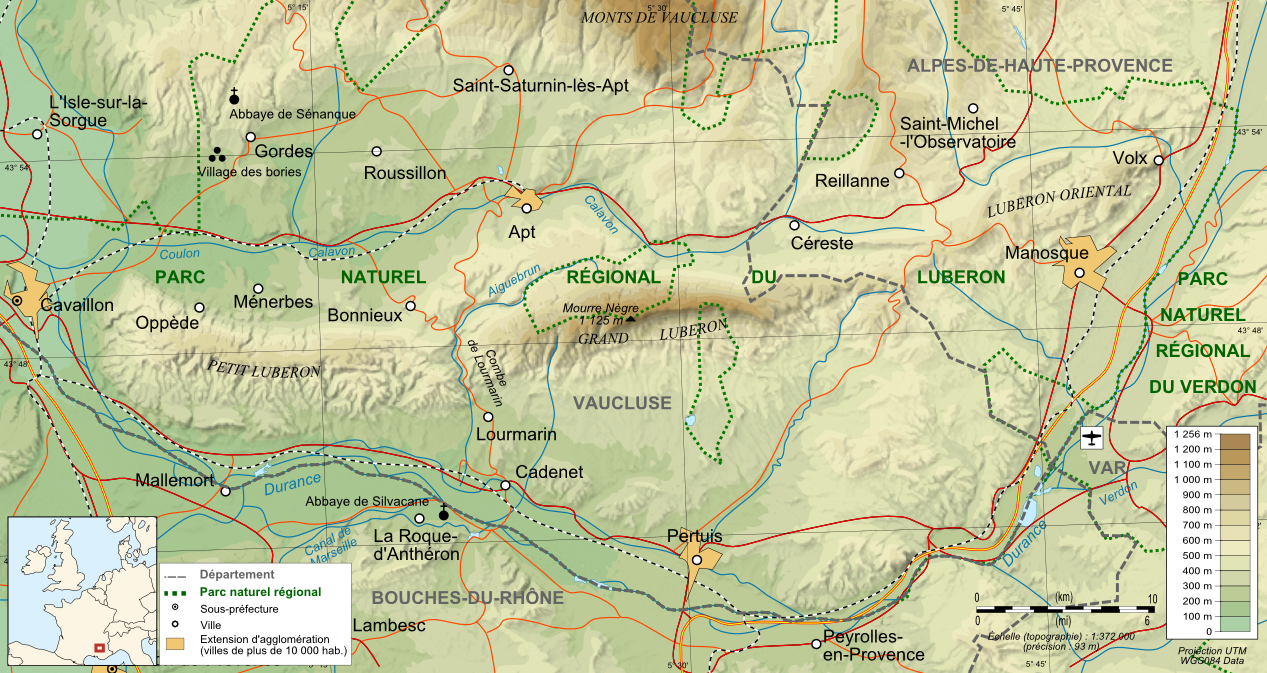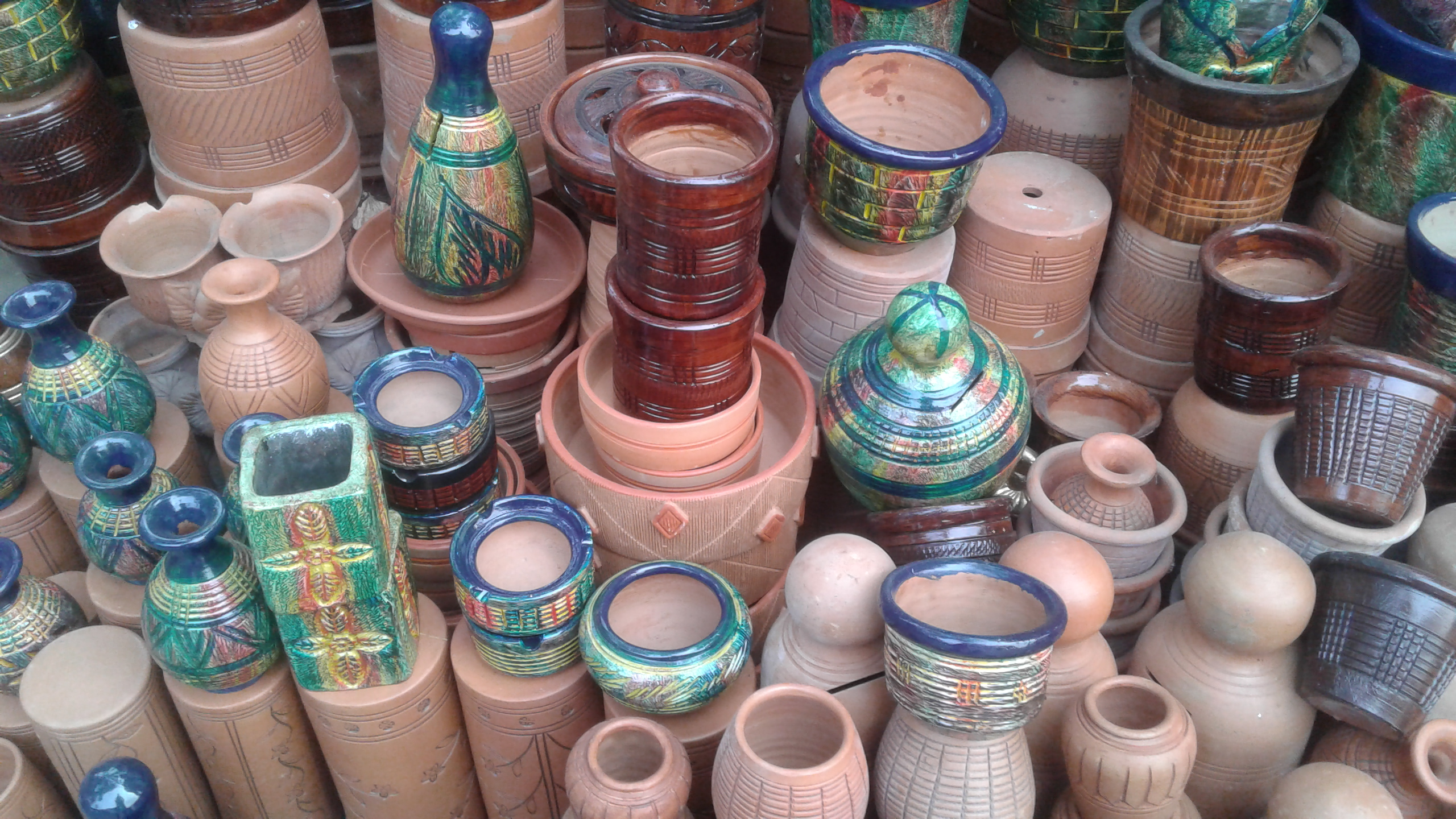|
Céreste
Céreste (; Occitan: ''Ceirèsta'') is a commune in the Alpes-de-Haute-Provence department in southeastern France. It is known for its rich fossil beds in fine layers of "Calcaire de Campagne Calavon" limestone, which are now protected by the Parc naturel régional du Luberon and the Réserve naturelle géologique du Luberon. Geography The river Calavon forms the commune's northern and northwestern borders. History A Gallo-Roman period settlement was established in the quarter of today's Saint-Sauveur priory, possibly as a crossing control point for the river. Surviving relics of the Roman period include a potters' oven, an ancient tomb and Sarcophagi at Saint-Sauveur. The Priory of Carluc was founded in the eleventh century. Another priory, that of Saint-Sauveur-Au-Pont, belonged during the twelfth and thirteenth century to the Abbey of Saint Andrew at Villeneuve-lès-Avignon. The fiefdom was held initially by the Forcalquiers, and later by the Brancas family. By the ... [...More Info...] [...Related Items...] OR: [Wikipedia] [Google] [Baidu] |
Communes Of The Alpes-de-Haute-Provence Department
The following is a list of the 198 communes of the Alpes-de-Haute-Provence department of France. The communes cooperate in the following intercommunalities (as of 2020):BANATIC Périmètre des EPCI à fiscalité propre. Accessed 3 July 2020. *Communauté d'agglomération Durance-Luberon-Verdon Agglomération (partly) * Communauté d'agglomération Gap-Tallard-Durance (partly) * [...More Info...] [...Related Items...] OR: [Wikipedia] [Google] [Baidu] |
Luberon
The Luberon ( or ; Provençal: ''Leberon'' or ''Leberoun'' ) is a massif in central Provence in Southern France, part of the French Prealps. It has a maximum elevation of and an area of about . It is composed of three mountain ranges (from west to east): Lesser Luberon (''Petit Luberon''), Greater Luberon (''Grand Luberon'') and Eastern Luberon (''Luberon oriental''). The valleys north and south of them contain a number of towns and villages as well as agricultural land; the northern part is marked by the Calavon, while the southern part is characterised by the Durance. The Luberon is often advertised under the name Lubéron (with an acute accent on top of the "e"); some dictionaries justify that the two spellings are interchangeable. The total number of inhabitants varies greatly between winter and summer, due to a massive influx of tourists during the warm season. It is a favourite destination for French high society and British and American visitors because of the pleasant ... [...More Info...] [...Related Items...] OR: [Wikipedia] [Google] [Baidu] |
Parc Naturel Régional Du Luberon
The Luberon ( or ; Provençal: ''Leberon'' or ''Leberoun'' ) is a massif in central Provence in Southern France, part of the French Prealps. It has a maximum elevation of and an area of about . It is composed of three mountain ranges (from west to east): Lesser Luberon (''Petit Luberon''), Greater Luberon (''Grand Luberon'') and Eastern Luberon (''Luberon oriental''). The valleys north and south of them contain a number of towns and villages as well as agricultural land; the northern part is marked by the Calavon, while the southern part is characterised by the Durance. The Luberon is often advertised under the name Lubéron (with an acute accent on top of the "e"); some dictionaries justify that the two spellings are interchangeable. The total number of inhabitants varies greatly between winter and summer, due to a massive influx of tourists during the warm season. It is a favourite destination for French high society and British and American visitors because of the pleasant ... [...More Info...] [...Related Items...] OR: [Wikipedia] [Google] [Baidu] |
Calavon
The Calavon (french: le Calavon, also called ''le Coulon'') is an long river in the Alpes-de-Haute-Provence and Vaucluse '' départements'', southeastern France. Its drainage basin is .Bassin versant : Calavon-Coulon (Le) Observatoire Régional Eau et Milieux Aquatiques en PACA Its source is near Banon. It flows generally west-southwest. It is a of the into which it flows at |
Communes Of France
The () is a level of administrative division in the French Republic. French are analogous to civil townships and incorporated municipalities in the United States and Canada, ' in Germany, ' in Italy, or ' in Spain. The United Kingdom's equivalent are civil parishes, although some areas, particularly urban areas, are unparished. are based on historical geographic communities or villages and are vested with significant powers to manage the populations and land of the geographic area covered. The are the fourth-level administrative divisions of France. vary widely in size and area, from large sprawling cities with millions of inhabitants like Paris, to small hamlets with only a handful of inhabitants. typically are based on pre-existing villages and facilitate local governance. All have names, but not all named geographic areas or groups of people residing together are ( or ), the difference residing in the lack of administrative powers. Except for the municipal arr ... [...More Info...] [...Related Items...] OR: [Wikipedia] [Google] [Baidu] |
Sarcophagus
A sarcophagus (plural sarcophagi or sarcophaguses) is a box-like funeral receptacle for a corpse, most commonly carved in stone, and usually displayed above ground, though it may also be buried. The word ''sarcophagus'' comes from the Greek σάρξ ' meaning "flesh", and φαγεῖν ' meaning "to eat"; hence ''sarcophagus'' means "flesh-eating", from the phrase ''lithos sarkophagos'' ( λίθος σαρκοφάγος), "flesh-eating stone". The word also came to refer to a particular kind of limestone that was thought to rapidly facilitate the decomposition of the flesh of corpses contained within it due to the chemical properties of the limestone itself. History of the sarcophagus Sarcophagi were most often designed to remain above ground. The earliest stone sarcophagi were used by Egyptian pharaohs of the 3rd dynasty, which reigned from about 2686 to 2613 B.C. The Hagia Triada sarcophagus is a stone sarcophagus elaborately painted in fresco; one style of late ... [...More Info...] [...Related Items...] OR: [Wikipedia] [Google] [Baidu] |
Jacobin Club
, logo = JacobinVignette03.jpg , logo_size = 180px , logo_caption = Seal of the Jacobin Club (1792–1794) , motto = "Live free or die"(french: Vivre libre ou mourir) , successor = Panthéon Club , formation = 1789 , founder = Maximilien Robespierre , founding_location = Versailles, France , dissolved = , type = Parliamentary group , status = Inactive , purpose = Establishment of a Jacobin society * 1789–1791: abolition of the Ancien Régime, creation of a parliament, introduction of a Constitution and separation of powers * 1791–1795: establishment of a republic, fusion of powers into the National Convention and establishment of an authoritarian-democratic state , headquarters = Dominican convent, Rue Saint-Honoré, Paris , region = France , methods = From democratic initiatives to public viol ... [...More Info...] [...Related Items...] OR: [Wikipedia] [Google] [Baidu] |
National Patriotic Society
National may refer to: Common uses * Nation or country ** Nationality – a ''national'' is a person who is subject to a nation, regardless of whether the person has full rights as a citizen Places in the United States * National, Maryland, census-designated place * National, Nevada, ghost town * National, Utah, ghost town * National, West Virginia, unincorporated community Commerce * National (brand), a brand name of electronic goods from Panasonic * National Benzole (or simply known as National), former petrol station chain in the UK, merged with BP * National Car Rental, an American rental car company * National Energy Systems, a former name of Eco Marine Power * National Entertainment Commission, a former name of the Media Rating Council * National Motor Vehicle Company, Indianapolis, Indiana, USA 1900-1924 * National Supermarkets, a defunct American grocery store chain * National String Instrument Corporation, a guitar company formed to manufacture the first reso ... [...More Info...] [...Related Items...] OR: [Wikipedia] [Google] [Baidu] |
French Revolution
The French Revolution ( ) was a period of radical political and societal change in France that began with the Estates General of 1789 and ended with the formation of the French Consulate in November 1799. Many of its ideas are considered fundamental principles of liberal democracy, while phrases like '' liberté, égalité, fraternité'' reappeared in other revolts, such as the 1917 Russian Revolution, and inspired campaigns for the abolition of slavery and universal suffrage. The values and institutions it created dominate French politics to this day. Its causes are generally agreed to be a combination of social, political and economic factors, which the ''Ancien Régime'' proved unable to manage. In May 1789, widespread social distress led to the convocation of the Estates General, which was converted into a National Assembly in June. Continuing unrest culminated in the Storming of the Bastille on 14 July, which led to a series of radical measures by the Assemb ... [...More Info...] [...Related Items...] OR: [Wikipedia] [Google] [Baidu] |
Pottery
Pottery is the process and the products of forming vessels and other objects with clay and other ceramic materials, which are fired at high temperatures to give them a hard and durable form. Major types include earthenware, stoneware and porcelain. The place where such wares are made by a ''potter'' is also called a ''pottery'' (plural "potteries"). The definition of ''pottery'', used by the ASTM International, is "all fired ceramic wares that contain clay when formed, except technical, structural, and refractory products". In art history and archaeology, especially of ancient and prehistoric periods, "pottery" often means vessels only, and sculpted figurines of the same material are called " terracottas". Pottery is one of the oldest human inventions, originating before the Neolithic period, with ceramic objects like the Gravettian culture Venus of Dolní Věstonice figurine discovered in the Czech Republic dating back to 29,000–25,000 BC, and pottery vessels tha ... [...More Info...] [...Related Items...] OR: [Wikipedia] [Google] [Baidu] |
Villeneuve-lès-Avignon
Villeneuve-lès-Avignon (; Provençal: ''Vilanòva d’Avinhon'') is a commune in the Gard department in southern France. It can also be spelled ''Villeneuve-lez-Avignon''. History In the 6th century the Benedictine abbey of St André was founded on Mount Andaon, and the village which grew up round it took its name. The city itself was founded by Philippe le Bel and boasts a castle he built, Fort Saint-André. The town was also the resort of the French cardinals during the sojourn of the popes at Avignon, in the 14th century. Geography It is located on the right (western) bank of the river Rhône, opposite Avignon. Population Sights * Fort Saint-André, on a hill outside the town * Tour Philippe Le Bel, 14th century * The church of Notre Dame, dating from the 14th century, contains a rich marble altar and significant pictures. * Carthusian monastery Notre-Dame-du-Val-de-Bénédiction, founded in 1356 by Pope Innocent VI International relations Villeneuve-lès-Avignon ... [...More Info...] [...Related Items...] OR: [Wikipedia] [Google] [Baidu] |
Pottery
Pottery is the process and the products of forming vessels and other objects with clay and other ceramic materials, which are fired at high temperatures to give them a hard and durable form. Major types include earthenware, stoneware and porcelain. The place where such wares are made by a ''potter'' is also called a ''pottery'' (plural "potteries"). The definition of ''pottery'', used by the ASTM International, is "all fired ceramic wares that contain clay when formed, except technical, structural, and refractory products". In art history and archaeology, especially of ancient and prehistoric periods, "pottery" often means vessels only, and sculpted figurines of the same material are called " terracottas". Pottery is one of the oldest human inventions, originating before the Neolithic period, with ceramic objects like the Gravettian culture Venus of Dolní Věstonice figurine discovered in the Czech Republic dating back to 29,000–25,000 BC, and pottery vessels tha ... [...More Info...] [...Related Items...] OR: [Wikipedia] [Google] [Baidu] |





